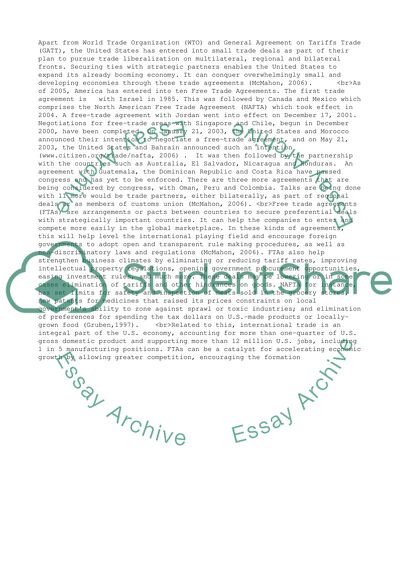Cite this document
(“America's response to the Flat World Case Study”, n.d.)
Retrieved from https://studentshare.org/business/1518195-americas-response-to-the-flat-world
Retrieved from https://studentshare.org/business/1518195-americas-response-to-the-flat-world
(America'S Response to the Flat World Case Study)
https://studentshare.org/business/1518195-americas-response-to-the-flat-world.
https://studentshare.org/business/1518195-americas-response-to-the-flat-world.
“America'S Response to the Flat World Case Study”, n.d. https://studentshare.org/business/1518195-americas-response-to-the-flat-world.


